Fork in the Road for Stablecoins: GENIUS and Anti-CBDC Acts

Much has been made of “crypto week” last week, when a series of bills in the US passed the legislature (and in the case of GENIUS was signed into law). Namely, the GENIUS stablecoin act, the anti-CBDC act, and the Clarity act. Let’s focus on the first two today, since they both deal with stablecoins, essentially.
Most takes seem to paint this as an incredible victory for the crypto ecosystem, with declarations of “send it higher!” and other euphoric posts. Others have characterized this as a final victory of CBDCs and the end of any financial freedom we may have had.
Unsurprisingly, the truth is neither, but just about halfway between the two extremes. Let’s break it down.
What Does GENIUS Do?
First, let’s break down the GENIUS stablecoin act. It basically gives a regulated framework for centralized stablecoins and defines what they are and aren’t.
Defines payment stablecoins
The first piece is defining regulated stablecoins as “payment stablecoins,” or stablecoins that can be:
“1) treated as cash or as a cash equivalent for accounting purposes;
(2) eligible as cash or as a cash equivalent margin and collateral for futures commission merchants, derivative clearing organizations, broker-dealers, registered clearing agencies, and swap dealers; or
(3) acceptable as a settlement asset to facilitate wholesale payments between banking organizations or by a payment infrastructure to facilitate exchange and settlement among banking organizations.”
In other words, regulated stablecoins are treated as digital dollars for many purposes.
Regulates stablecoins
GENIUS essentially regulates stablecoins at the state and local level now, where government bodies get to decide what does and doesn’t constitute a stablecoin.
Before, there was a pretty big legal grey area around centralized stablecoins like Tether and USDC. Now, it’s properly defined, and companies wishing to issue such a token know exactly what they need to do.
Imposes reserve, tracking, and censorship requirements
It also specifies that regulated stablecoins have to be able to carry out “lawful orders” from law enforcement, namely something that:
“(A) requires a person to seize, freeze, burn, or prevent the transfer of payment stablecoins issued by the person;
(B) specifies the payment stablecoins or accounts subject to blocking with reasonable particularity; and
(C) is subject to judicial or administrative review or appeal as provided by law.”
This is nothing new to the world of centralized stablecoins, which routinely freeze and blacklist, and of course have the capacity to do so. This does, however, now make it a clear requirement that issuers have to be able to do this.
The big change is that stablecoin issuers are now required to keep 100% reserves in cash or cash equivalents, subject to monthly external audits, and allow customers to redeem them for actual dollars. Tether in particular has often been accused of having poorly-backed reserves and dodging audits, so they will have to make significant changes in order to stay in the game in the US.
What About Decentralized Stablecoins?
The bill specifically targets “payment stablecoins” as defined above, but also notes “endogenously-collateralized stablecoins,” or stablecoins with no external backing, but rather are backed by assets on the same network. This would include an over-collateralized stablecoin like DAI, as well as algorithmic stablecoins like Terra Luna’s ill-fated UST.
Excludes them from being defined as “payment stablecoins”
The first thing is it excludes them from the scope of the GENIUS act, namely, says “this stuff doesn’t apply to them.” This means that, for now, they don’t have to register, censor, have USD collateral, etc., but could also mean that they can’t legally be treated as dollar equivalents.
Slates them to be studied for another year
It also slates these stablecoins to be studied by the Treasury, SEC, and CFTC for a year. This basically means that, while they aren’t currently being regulated, they very well could be next year or soon after.
Anti-CBDC Act
This is a separate act, but is more of a footnote to GENIUS. Essentially, this act (which passed the House and is pending in the Senate) bans the Federal Reserve from specifically issuing a CBDC and offering services and accounts directly for end consumers.
So, technically, this does ban CBDCs. In practice, though, I’m not sure if it does anything for the American consumer. If a company (Circle, for example) issues a token denominated in the Federal Reserve currency (the dollar), is required to back it with dollars or dollar equivalents, and has to track, censor, and confiscate illegal activity, then the end result is similar. No, the central bank itself doesn’t run everything, but many regulated proxies end up doing it instead.
Implications
So what all does this mean for the crypto industry?
The good
Many crypto companies and industry leaders are cheering this on, because it essentially makes it clear how to operate centralized stablecoins and not go to jail or get shut down for it. It also defines what to expect from a stablecoin issuer, so you won’t have any shady projects printing tokens out of thin air anymore (coughTethercough).
It also basically allows crypto and fintech companies to act like banks. This part is potentially huge for the industry, as it expands certain financial services that used to be limited to banks. We may see an explosion of growth in this sector now that banks’ monopoly is lessened.
Finally, banning an explicit CBDC probably has some benefits, such as making law enforcement go through more explicit channels and red tape before blacklisting and censoring, instead of one entity being able to arbitrarily do all this. Not much of a consolation prize, but it’s something.
The bad
GENIUS makes centralized stablecoin issuers into de facto neo-banks now, which will surveil, censor, and blacklist with impunity, same as the legacy financial system. Of course, this shouldn’t be surprising, and any way it wouldn’t have end up like this yet was just because regulators allowed entities like Circle and Tether to operate in a legal grey area for a decade without repercussions. But, now we know for sure that we didn’t get some miracle where usage of the dollar became significantly freer on these new digital rails. New boss, same as the old boss.
We also have a type of stablecoin that is legally-sanctioned, and of course, it’s the worse of the two. Even though decentralized stables haven’t been banned or regulated yet, the uncertainty they operate in is now unique to them, meaning, most of the industry will use USDC/T just to be safe in the meantime. And, now that we have an officially-sanctioned payments vehicle on the blockchain, much crypto adoption for payments will probably flow straight to centralized stables instead of the Bitcoins, Litecoins, Dashes, etc. of the world.
The neutral/purely different
The biggest change is something that isn’t explicitly good or bad: stablecoins will increasingly split into two different categories. The first is purely as a fiat/bank replacement in the digital world, and the second is more of a DeFi accounting/stabilization mechanism.
Right now you see both types being used in both contexts, but I predict that in the future you’ll see mostly centralized ones being used for payments and company reserves, and the decentralized ones being used in DeFi protocols and for DAOs. Decentralized ones, not being legally enshrined, pose extra risk for payments, and centralized ones, being censorable, pose extra risk for DeFi.
Overall, I’d consider these acts to be either an inevitability, or a marginally good outcome for the industry. As always: no one is coming to save you. Use decentralized digital cash today if you care about it, and stop asking for the government to give you permission or perfect conditions.
Posted Using INLEO






Leave a Reply